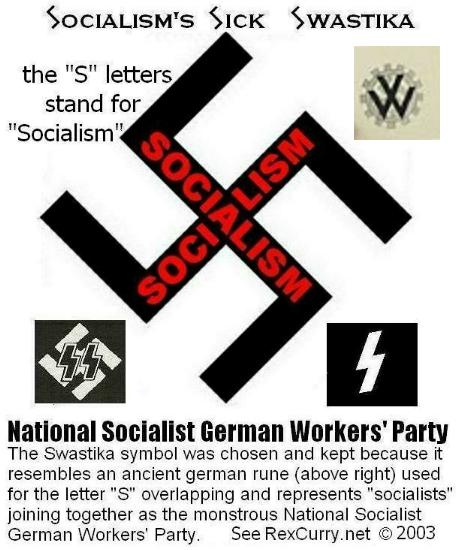The following chronology shows how the hakenkreuz (swastika) evolved into other symbols used by the National Socialist German Workers Party (Nazi Party). The research suggests the following evolution: First was the overlapping sig runes of the Hakenkruez (swastika) that served as the initial symbol used by the National Socialists; Second was the stylized SA symbol used by the Sturmabteilung (SA) Stormtroopers to resemble the Hakenkreuz; Third was the Youth organization that took from the hakenkreuz one of its sig runes; Forth was the SS (Schutzstaffel) symbol that separated the intertwined sig runes of the hakenkreuz and rearranged it as side-by-side sig runes.
Before 1919 and before the National Socialist German Workers Party, the Hakenkreuz (swastika) was used by other political groups in Germany, and earlier it was an ancient symbol worldwide.
1914-1918 WWI. Hitler awarded the Iron Cross Medal (Ritterkreuz -"Rider Cross" or "Knight's Cross") . In Nov. 1918, the Kaiser and the House of Hollenzollern had fallen. The “Fatherland” was now a republic. The war was over.
1919 Anton Drexler, Gottfried Feder and Dietrich Eckart form what will become the Nazi Party, and they use the name “German Worker's Party.”
1920 the National Socialist German Workers’ Party renames the party. Hitler was appointed chief of propaganda and he realized that the party needed a powerful symbol to distinguish it and he makes his selection of the Hakenkreuz. Later, in the book "Mein Kampf" (1924) the symbol is only called "Hakenkreuz" (hooked cross) and the word "swastika" is never used. Mein Kampf states that the new flag (bearing the Hakenkreuz) first appeared in public in the midsummer of 1920.
1921 the Sturmabteilung (SA) Stormtroopers are created, they eventually use a very stylized “SA” symbol that resembles the Hakenkreuz (swastika). Abteil is related to the word abbey and derives the meanings: department, division, compartment, detachment and thus troopers.
1922 The Hitler Youth (pronounced Hiterjugend in German), was a paramilitary organization of the National Socialist German Workers’ Party that existed from 1922 to 1945. The Hitler Youth was the second oldest paramilitary Nazi group founded one year after the Sturmabteilung (SA) Stormtroopers. The Hitler Youth was founded in 1922 as the Jungsturm Adolf Hitler. The group was based in Munich, Bavaria and served as a recruiting ground for new stromtroopers of the SA. Members of the Hitler Youth wore paramiltiary uniforms very similar to the Nazi Party and the organization used a system of Nazi ranks similar to the ranks and insignia of the Sturmabteilung.
1923 January. First party rally in Munich. A photograph shows variation of the symbol. Although all are pointing right, most all are flat on one side in a “square” and not in the diamond that becomes the standard.
1923 The Hitler Youth was disbanded following the abortive Beer Hall Putsch, but was refounded in 1926 a year after the Nazi-Sozi Party had been reorganized.
1924 (02-26-24) Hitler brought to trial before the Volksgericht, or People’s Court in Munich and sentenced to prison (where Mein Kampf is then written).
1924 In Weimar, the "official program" or "Festschrift" of the first meeting of "The National Socialist Freedom Movement of Greater Germany" shows the symbol flat in a square shape, not in the diamond shape that became the standard.
1925 Mein Kampf is published and the symbol is called only "Hakenkreuz" and the word "swastika" is never used. "Swastika" later became a misleading English translation.
1925 to 1929, the SS (Schutzstaffel) was considered merely a battalion of the Sturmabteilung and numbered no more than 280 personnel.
1926 The second Hitler Youth began in 1926 with an emphasis on national youth recruitment into the National Socialist German Workers’ Party.
1929 (On January 6th) Hitler appointed Heinrich Himmler as the leader of the SS and, by the end of 1932 the SS had 52,000 members; by the end of next year, it had over 209,000 members. Himmler is quoted as having said that the two "SS-Siegrunen" stood aptly for the name of the Schutzstaffel because they represented success and victory in Nordic mythology. The Swastika represented their "unshakeable" faith in the ultimate victory of their socialist philosophy.
1930 electoral breakthroughs for the National Socialist German Workers’ Party.
1932 - Before 1932, the SS wore the same uniform as the SA, except for a black tie and a black cap with a skull symbol on it (Totenkopf, "death's head"). Later they adopted a black uniform and then, just before the war, a dove grey uniform. The Waffen or armed SS wore a field grey uniform similar to the Reichsheer. SS unit insignia was a form of uniform insignia used by the S.S. between the years of 1932 and 1945.
In 1932 SS man Walter Heck an employee of the badge manufacturer firm of Ferdinand Hoffstatter drew two sig-runes side by side and the rest, so to speak, is history. The SS symbol developed after the swastika, as an evolution of the swastika. Heck saw the swastika a two “S” shapes which he rearranged for the special use of a division of the party.
1933 Hitler assumes dictatorship.
1934 the largest Hitler Youth gathering would usually occur once a year at Nuremburg, where Hitler Youth members from all over Germany would converge for the annual Nazi Party rally. They are visible in the film “Triumph of Will.”
1938 the Hitler Youth became a compulsary organization, mandatory for all young German men. The group was also seen as a recruiting ground for several Nazi Party paramilitary groups, with the Schutzstaffel taking the most interest in the Hitler Youth.
1944 Auxiliary SS Patch was worn between 1944 and 1945 by members of the so called "Auxiliary SS," who were non-SS members conscripted to perform such duties as Concentration Camp service and administrative support.
Copyright © by RexCurry.net, Trademark by RexCurry.net All rights reserved
Swastika http://rexcurry.net/swastika3swastika.jpg
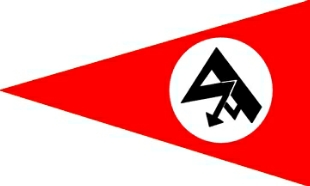
1921 brought the creation of the Sturmabteilung (SA) Stormtroopers. http://rexcurry.net/swastika2c.jpg
They eventually used a very stylized "SA" symbol that resembles the Hakenkreuz (swastika). The fragment "Abteil" is related to the word abbey and derives the meanings: department, division, compartment, detachment and thus troopers. http://rexcurry.net/swastikaflags.html
One of the banners includes an additional word that begins with the letter "S," (Sturmabteilung). http://rexcurry.net/swastika2e.jpg
That group was specifically referred to in the only written comment on the swastika by Hitler in the book "Mein Kampf." http://rexcurry.net/bookchapter4a1a2.html
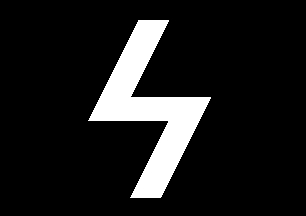
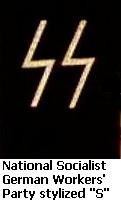
Gestapo Image http://rexcurry.net/swastika3swastika.jpg Stormtroopers Photograph
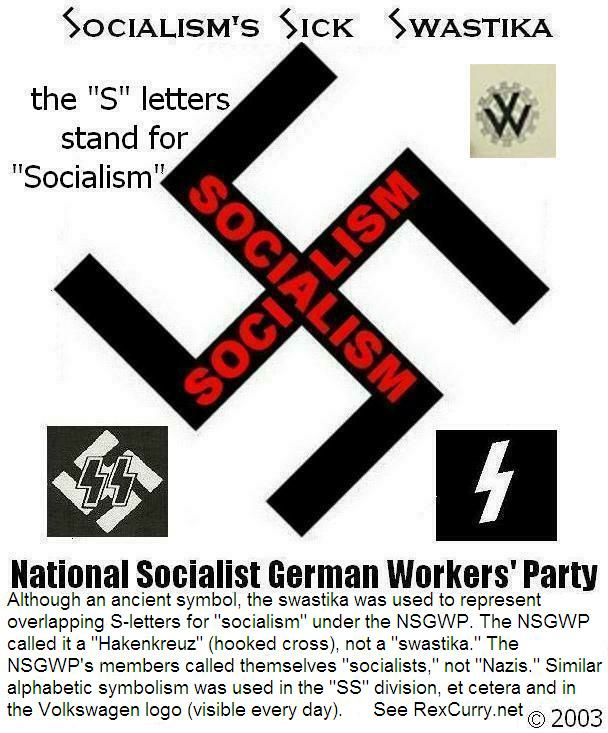
Sturmabteilung Image http://rexcurry.net/swastika3swastika.jpg Schutzstaffel Photograph
American Nazism Image http://rexcurry.net/pledge-allegiance-pledge-allegiance.jpg Police State USA Photograph
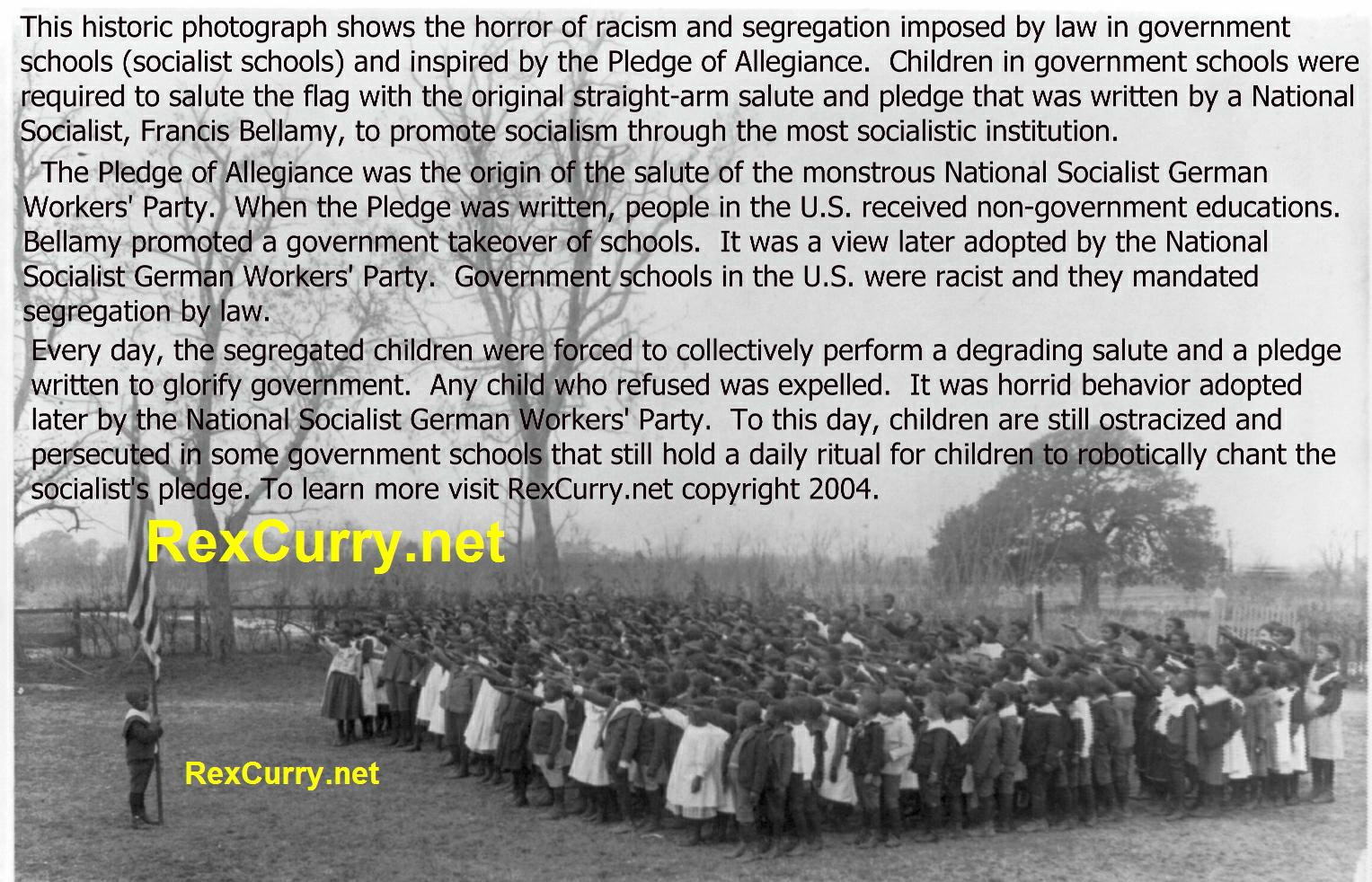
Waffen America Image http://rexcurry.net/pledge-allegiance-pledge-allegiance.jpg Stormtroopers USA Photograph
